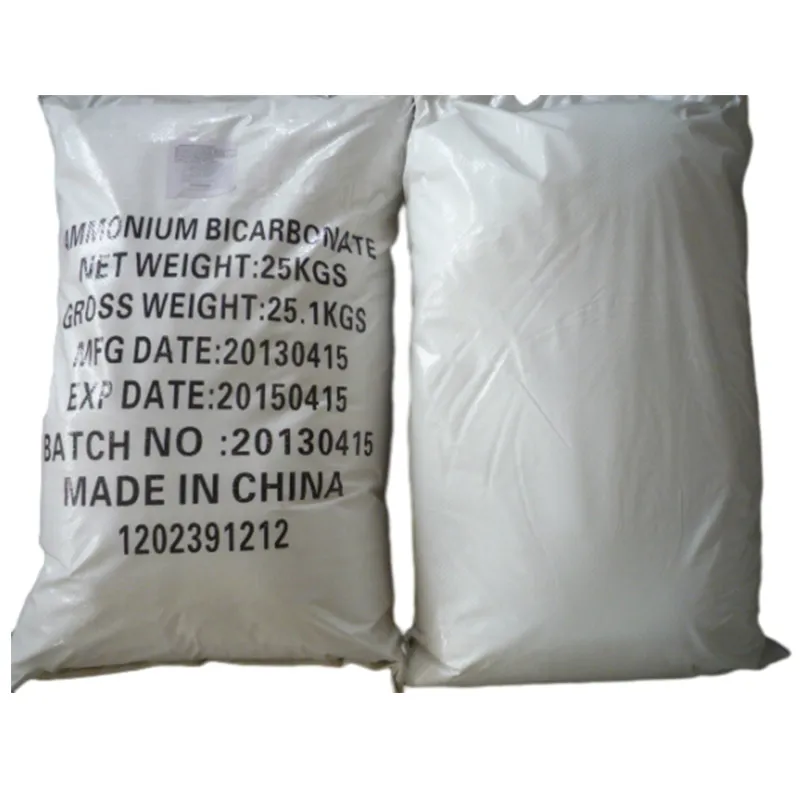
Exploring the Chemical Properties and Reactions of 2-Butyne in Organic Chemistry Applications
Understanding 2-Butyne Structure, Properties, and Applications
2-Butyne is an important organic compound with the molecular formula C4H6. It is a member of the alkyne family, which is characterized by its carbon-carbon triple bond. Specifically, 2-butyne has its triple bond located in the middle of the carbon chain, which gives it unique properties and makes it a subject of industrial and academic interest.
Chemical Structure
The structure of 2-butyne consists of a four-carbon chain, with the triple bond occurring between the second and third carbon atoms. Its structural formula can be represented as CH3-C≡C-CH3. This arrangement classifies it as a symmetrical alkyne, which is pivotal in determining its physical and chemical properties. The presence of the triple bond not only defines its reactivity but also influences its geometry, imparting a linear configuration at the site of the triple bond.
Physical Properties
2-Butyne is a colorless gas at room temperature and pressure. It has a boiling point of around 25.1 °C and a melting point of approximately -100.8 °C. Its density is greater than that of air, which means that it can accumulate in low-lying areas, posing potential hazards if not handled properly. The compound is flammable and should be stored away from ignition sources.
Understanding 2-Butyne Structure, Properties, and Applications
Chemical Reactions
2-butyne formula

One of the most significant reactions involving 2-butyne is its ability to undergo hydrogenation, where hydrogen gas is added across the triple bond, converting it to an alkene or an alkane depending on the number of hydrogen molecules added. For example, upon complete hydrogenation, 2-butyne can yield n-butane, a crucial raw material for the production of various chemicals and fuels.
Moreover, 2-butyne can also participate in reactions with halogens and hydrogen halides, leading to the formation of haloalkanes. The compound is also a precursor in the synthesis of more complex organic compounds, including pharmaceuticals and agrochemicals.
Applications
In industrial applications, 2-butyne is primarily used as an intermediate in organic synthesis. Its versatile reactivity allows chemists to create a variety of derivatives that can be further transformed into valuable products. Additionally, due to its high energy content, 2-butyne is explored as a potential fuel source.
In addition to its use in industrial chemistry, 2-butyne serves educational purposes in laboratories for teaching organic synthesis and reaction mechanisms. It provides a clear example of how a simple molecule can undergo complex transformations, aiding in the understanding of fundamental organic chemistry principles.
Conclusion
In conclusion, 2-butyne is a significant alkyne with the molecular formula C4H6, notable for its unique structure and versatile chemical reactivity. Its properties facilitate a variety of applications ranging from industrial synthesis to educational demonstrations. As research continues, the potential uses of 2-butyne will undoubtedly expand, reinforcing its importance in both academic and practical fields of chemistry. Understanding compounds like 2-butyne not only deepens our knowledge of organic chemistry but also highlights the critical role such substances play in modern applications.
-
nitrile-rubber-honoring-strict-production-standardsNewsAug.22,2025
-
aspartame-ingredients-honoring-food-safety-valuesNewsAug.22,2025
-
fertilizer-for-balanced-plant-nutritionNewsAug.22,2025
-
cyanide-gold-processing-with-high-purity-additivesNewsAug.22,2025
-
formic-acid-in-textile-dyeing-applicationsNewsAug.22,2025
-
aluminum-hydroxide-gel-in-skincare-productsNewsAug.22,2025
-
Regulatory Compliance for Global Mining Chemicals UseNewsAug.12,2025
Hebei Tenger Chemical Technology Co., Ltd. focuses on the chemical industry and is committed to the export service of chemical raw materials.
-

view more DiethanolisopropanolamineIn the ever-growing field of chemical solutions, diethanolisopropanolamine (DEIPA) stands out as a versatile and important compound. Due to its unique chemical structure and properties, DEIPA is of interest to various industries including construction, personal care, and agriculture. -

view more TriisopropanolamineTriisopropanolamine (TIPA) alkanol amine substance, is a kind of alcohol amine compound with amino and alcohol hydroxyl, and because of its molecules contains both amino and hydroxyl. -

view more Tetramethyl Thiuram DisulfideTetramethyl thiuram disulfide, also known as TMTD, is a white to light-yellow powder with a distinct sulfur-like odor. It is soluble in organic solvents such as benzene, acetone, and ethyl acetate, making it highly versatile for use in different formulations. TMTD is known for its excellent vulcanization acceleration properties, which makes it a key ingredient in the production of rubber products. Additionally, it acts as an effective fungicide and bactericide, making it valuable in agricultural applications. Its high purity and stability ensure consistent performance, making it a preferred choice for manufacturers across various industries.





